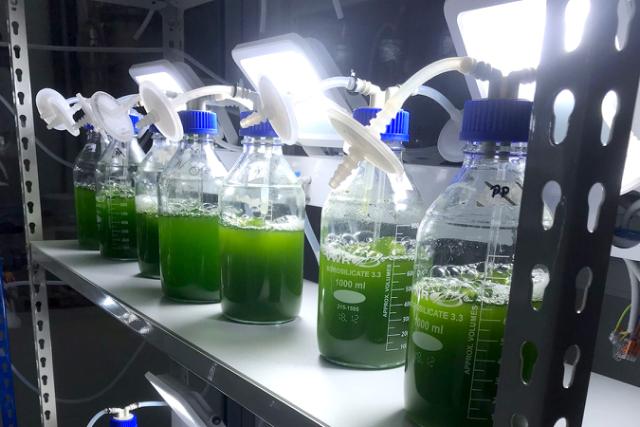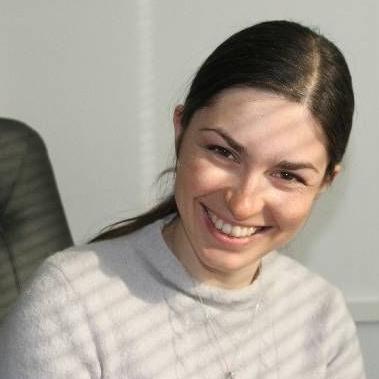An update from Living Lab #8 - FLW valorisation through algae production
Chlorella vulgaris made it to the next step
Microalgae are versatile microorganisms with crucial roles in our ecosystems and many industrial applications. Commercial interest in microalgae is rapidly growing due to their biotechnological potential, from CO2 fixation, to wastewater treatment, to extraction of high-value compounds for cosmetics or pharmaceuticals, among other uses/applications.
In ZeroW Living Lab #8, we propose to use retail food waste as growth medium to produce microalgae, turning what would become landfill residue into high value biomass/product.
This work is carried out by MC Sonae, University of Minho, and Allmicroalgae.

Microalgae being cultivated (photo: Allmicroalgae)
Handling of expired or damaged foods
The first response towards food waste is to reduce it, but although strategies such as donation and repurposing are already in place at MC’s stores, there is still food that expires or that gets damaged and ultimately becomes improper for human consumption.
This is the food waste currently being directed to landfills, that is targeted by Living Lab #8. First, this residue is separated from packaging, dehydrated and homogenized, inside the retailers store. The solid residue is then transported and stored (dehydrated matter can be stably stored for longer periods).
Preparing for microalgae growth
The next step, at University of Minho, is to analyze its nutrient composition and to prepare a medium formulation, compatible with microalgae growth. At the Allmicroalgae’s industrial production facilities, the proof of concept is carried out using Chlorella vulgaris.
We chose to start with Chlorella because it is widely used as biorremediation agent, it has a versatile metabolism (auto- and heterotrophic), and because Chlorella vulgaris has great biotechnology potential: it is known already to produce valuable biopolymers and bioactive compounds with interest for cosmetic formulations (for moisturizer, collagen-stimulating activity, and anti-oxidant properties, for instance).
In the context of ZeroW in particular, biomass obtained throughout this process will be characterized and valorized showing its potential for biopolymers and cosmetics applications.
"Microalgae can be applied to reduce the environmental footprint of food production, by upcycling discarded nutrients into valuable products. Beyond technological progress, we need to spread awareness and build networks to coordinate different players in order to make this a reality."
Promising first results
Allmicroalgae started by optimizing nutrient availability in the solubilized residue, and establishing standard operating procedures, to formulate an organic medium.
This formulation is now being compared to standard industrial media, to assess C. vulgaris productivity, biomass composition, and overall technical and economic impact. The best performing solution will be scaled-up into pilot-scale reactors, recapitulating real industrial settings.
Although this is an ongoing research that will still take time until a more optimized process is achieved, the first results are already very much exciting since microalgae already grew having the residue as substrate, which are promising results, but some “fine-tunning” is still needed in order to compete with commercial mediums.
Written by: Pedro Pereira and Helena Cardoso (Allmicroalgae)









